Here is the list of “health” facts that we’ve believed for ages but which are not true.
MYTH: Milk does a body good!
This is an incredibly successful bit of advertising that has wormed its way into our brains and policies to make milk seem magical.
The US Department of Agriculture tells us that adults should drink three cups of milk a day, mostly for calcium and vitamin D.
However, multiple studies show that there isn't an association between drinking more milk (or taking calcium and vitamin D supplements) and having fewer bone fractures.
Some studies have even shown an association with higher overall mortality, and while that doesn't mean that milk consumption itself was responsible, it's certainly not an endorsement.
MYTH: Organic food is pesticide-free and more nutritious.
Organic food isn't free of pesticides and it isn't necessarily better for you.
Farmers who grow organic produce are permitted to use chemicals that are naturally derived — and in some cases are actually worse for the environment than their synthetic counterparts. However, pesticide levels on both organic and non-organic foods are so low that they aren't of concern for consumption, according to the USDA.
Eating organic food also doesn't come with any nutritional benefits over non-organic food, according to a review of 98,727 potentially relevant studies.
MYTH: Eating food within 5 seconds of dropping it on the floor is safe.
It's the worst when something you really wanted to eat falls on the floor. But if you grab it in five seconds, it's ok, right?
The five-second-rule isn't a real thing. Bacteria can contaminate a food within milliseconds.
Mythbusting tests show that moist foods attract more bacteria than dry foods, but there's no "safe duration." Instead, safety depends on how clean the surface you dropped the food on is.
Whether you eat it or not after that is up to you, but if the people that walk on that floor are also walking around New York City, for example, we wouldn't recommend it.
MYTH: The chemical tryptophan in turkey makes you sleepy.
Who doesn't love the post-Thanksgiving nap? After all, turkey contains tryptophan — an amino acid that is a component of some of the brain chemicals that help you relax.
But plenty of foods contain tryptophan. Cheddar cheese has even more than turkey, yet cheddar is never pointed out as a sleep inducing food.
Experts say that instead, the carbs, alcohol, and general size of the turkey-day feast are the cause of those delicious holiday siestas.
MYTH: Eating chocolate gives you acne.
False.
For one month, scientists fed dozens of people candy bars containing 10 times the usual amount of chocolate, and dozens of others fake chocolate bars.
When they counted the zits before and after each diet, there was "no difference" between the two groups. Neither the chocolate nor the fat seemed to have any effect on acne.
MYTH: An apple a day keeps the doctor away.
Apples are packed with vitamin C and fiber, both of which are important to long-term health, but they aren't all you need.
And if certain viruses or bacteria get into your system, an apple will unfortunately do nothing to protect you.
Go ahead and get that flu shot, even if you eat apples.
MYTH: Natural sugar like honey is better for you than processed sugar.
A granola bar made with honey instead of high-fructose corn syrup is not better for you.
That's because sugar in natural products like fruit and synthetic products like candy is the same: "Scientists would be surprised to hear about the 'clear superiority' of honey, since there is a near unanimous consensus that the biological effect of high-fructose corn syrup are essentially the same as those of honey," professor Alan Levinovitz told Business Insider.
The problem is that candy and other related products typically contain more sugar per serving, which means more calories — a difference you should actually be watching out for.
MYTH: Coffee stunts your growth.
Most research finds no correlation between caffeine consumption and bone growth in kids.
In adults, researchers have seen that increased caffeine consumption can very slightly limit calcium absorption, but the impact is so small that a tablespoon of milk will more than adequately offset the effects of a cup of coffee.
Advertising seems to be largely responsible for this myth: Cereal manufacturer named C.W. Post was trying to market a morning beverage called "Postum" as an alternative to coffee, so he ran ads on the "evils" of Americans' favorite hot beverage, calling it a "nerve poison" that should never be served to children.
MYTH: Eating ice cream will make your cold worse.
If you're home sick with a cold, you can totally go ahead and comfort yourself with some ice cream.
The idea that dairy increases mucous production is very fortunately not true, according to researchers and a doctor at the Mayo Clinic, who says "in fact, frozen dairy products can soothe a sore throat and provide calories when you otherwise may not eat."
Bless him.
MYTH: Sugar is as addictive as heroin.
In the 2009 book "Fat Chance," the author, Dr. Robert Lustig, claims that sugar stimulates the brain's reward system the same way that tobacco, alcohol, cocaine, and even heroin does, and therefore must be equally addictive. Lustig even cites studies that show parts of our brain that light-up from a sugary reward are the same parts that get excited for many types of enjoyable activities, from drinking alcohol to having sex.
The problem, however, with these types of scientific studies of the brain is that "In neuroimaging, there is no clear-cut sign of addiction," Hisham Ziaudden, an eating behavioral specialist, told Levinovitz.
So, scientists don't know what addiction in the brain looks like, yet, and until that mystery is solved we should not be living in fear from something as fanciful as sugar addiction.
MYTH: Sugar and chocolates are aphrodisiacs.
In the mid 19th century — before sugar purportedly caused diabetes or hyperactivity — sugar was thought to ignite sexual desire in women, children, and, more controversially, the poor.
One vintage Kellogg advertisement even claimed "Candies, spices, cinnamon, cloves, peppermint, and all strong essences powerfully excited the genital organs and lead to the [solitary vice]."
So don't get worked up over sugar. There's little to no evidence to support the notion that it — or any food, including chocolates — stimulates sexual desire.
MYTH: Sugar causes hyperactivity in children.
Numerous scientific studies have tried and failed to find any evidence that supports this off-the-wall notion.
The myth probably emerged in 1974, when Dr. William Crook wrote a letter to the American Academy of Pediatrics, which published it. "Only in the past three years have I become aware that sugar ... is a leading cause of hyperactivity," the letter stated.
A letter does not include the rigorous scientific research that a paper does, and according to the National Institute of Mental Health: "The idea that refined sugar causes ADHD or makes symptoms worse is popular, but more research discounts this theory than supports it."
MYTH: Your blood turns blue when it's out of oxygen.
Your blood is never blue: It turns dark red when it's not carrying oxygen.
Blood only looks blue because you are seeing it through several layers of tissue, which filters the color.
MYTH: Humans have five senses.
Sight, smell, taste, hearing, and touch are just the beginning.
Don't forget about balance, temperature, and time, as well as proprioception — the body awareness that helps us not walk into things all the time — and nociception, our sense of pain.
MYTH: The hymen is a sheet of tissue that blocks a women's vagina.
Wrong.
Guys, the hymen is a thin membrane that only partially blocks the vaginal opening — if a woman is born with one at all.
Also, plenty of activities other than sex can stretch or damage the hymen, including exercise or inserting a tampon.
MYTH: Eating a lot of carrots gives you great night vision.
Vitamin A is a major nutrient found in carrots, and it is good for the health of your eyes — especially those with poor vision. But eating a bunch of the vegetables won't give your all-seeing superpowers.
The myth is thought to have started during as a piece of British propaganda during World War II. That government wanted to secret the existence of a radar technology that allowed its bomber pilots to attack in the night.
MYTH: Pregnancy gives you "baby brain" and makes you dumb.
Studies on this turn up mixed results, at best.
Some studies on changes to working memory during pregnancy do show a small effect on the brain, though other studies show no negative impacts whatsoever.
There's actually growing evidence that being pregnant makes women more organized and smarter, at least, according to a study on rats.
It makes sense, though, since pregnant women and new mothers have a lot more to worry about and think about — for their brains to keep up they may even be getting a boost.
MYTH: Hair and nails keep growing after death.
Hair and fingernails do not keep growing once someone dies.
Instead, the skin dries out and shrinks, giving the appearance of further growth.
MYTH: Humans can't grow new brain cells.
You are not born with all of the brain cells you will ever have.
There is plenty of evidence that the brain continues to produce new cells in at least a few brain regions well into adulthood, through a process called neurogenesis.
MYTH: It takes 7 years for gum to digest if you swallow it.
Nope.
Gum is mostly indigestible, but the occasional swallowed piece will pass through your intestines and exit the other side, just like anything else you eat that your body doesn't need and can't digest.
The only cases where swallowed gum has caused a problem is when that gum is swallowed along with other things that shouldn't be in your stomach.
Scientific American cites a case where a 4-year-old girl suffered a gastrointestinal blockage — from a wad of gum with four coins inside of it.
MYTH: Your microwave can give you cancer and disrupt your pacemaker.
Microwave radiation won't cause cancer, it just heats food up.
Only a few types of radiation cause cancer, and these depend on the dose. Radiation from the sun can cause skin cancer, for example, but just enough helps your body make Vitamin D, too.
Microwaves also won't disrupt a pacemaker. However, things like anti-theft systems, metal detectors, powerful refrigerator magnets, mobile phones, and even headphones can mess with the heartbeat-keeping devices.
MYTH: Drugs make "holes" in your brain.
That doesn't mean drugs are good for your brain.
Many drugs (illicit and otherwise) can significantly alter your brain's structure and disrupt its function. But none will turn a healthy brain into a stack of Swiss cheese.
MYTH: You need to wait an hour after eating to swim or you can cramp and drown.
The theory behind this seems to be that digesting food will draw blood to your stomach, meaning that less blood is available for your muscles, making them more likely to cramp.
But there's no evidence to support this claim.
In fact, many sources say there are no documented cases of anyone ever drowning because they've had a cramp related to swimming with a full stomach.
Cramps do happen frequently when swimming, but they aren't caused by what's in your stomach. If you do get one, the best policy is to float for a minute and let it pass.
MYTH: Taking your vitamins will keep you healthy.
Vitamins sound like a great idea: One pill that can provide you everything you need to be healthy!
If only they worked.
Decades of research on vitamins hasn't found any justification for our multivitamin habit, and in some cases, vitamins have actually been associated with an increased risk of various cancers.
MYTH: Everyone should drink eight glasses of water a day.
Hydration is very important, but the idea that eight glasses of water is essential is a strange one.
In healthy people, researchers have not found any connection between fluid intake and kidney disease, heart disease, sodium levels, or skin quality.
But water is a calorie-free alternative to other beverages (especially sugary ones like soda or sports drinks), and people who drink water instead of those beverages consume fewer calories overall.
A good rule is to drink when you're thirsty — you don't need to count the glasses.
MYTH: Carbonated water isn't as hydrating as flat water.
Just because water is fizzy and refreshing doesn't mean it's bad for you.
In one of many studies that bust this myth, researchers made men bike on several occasions until they sweated off 4% of their body weight — then immediately handed them a drink.
One time the cyclists got flat water, another time carbonated water, yet another sugar water, and during a final trial everyone drank carbonated sugar water.
The results? Carbonation did not make any difference when it came to rehydrating.
MYTH: Yogurt will help put your digestive system back in order.
Yogurt is often marketed as helping digestion and slimming our figure because of probiotics — the idea that "good bacteria" living in the yogurt will shack up in our guts.
Bacteria are well-connected to our metabolism and obesity rates, among other things, so the connection seems logical.
However, we don't yet understand how the millions of bacteria already in our bodies work together, let alone when yogurt is added into the mix.
This is not to say that yogurt is unhealthy, just that its benefits are oversold. Keep in mind, though, that a lot of yogurt is packed with sugar, which we do know contributes to obesity and other problems — so if you enjoy the dairy product, find some that isn't full of empty calories.
MYTH: You lose 90% of your body heat through your head.
Not really.
You lose body heat through anything that's uncovered, and your head is more likely to be exposed than other areas of your body.
"Most of the time when we're outside in the cold, we're clothed," Dr. Richard Ingebretsen told WebMD Magazine. "If you don't have a hat on, you lose heat through your head, just as you would lose heat through your legs if you were wearing shorts."
MYTH: Breaking the seal means you'll have to pee more all night.
Alcohol is a diuretic, so it's already going to make you pee a lot.
"Breaking the seal" the first time will not increase the amount of times you have to go to the bathroom — but drinking lots of alcohol will.
MYTH: You can cure a hangover by drinking more.
The "hair of the dog" is a myth — a mimosa or Bloody Mary in the morning won't make you feel better. At best, you're just prolonging the hangover.
Same goes for coffee after a night of drinking. Like alcohol, coffee is a diuretic, so it will dehydrate your body even more and likely prolong the hangover.
MYTH: Drinking alcohol kills your brain cells.
Excessive drinking can damage the connections between brain cells, but won't actually zap any of your neurons.
That said, children with fetal alcohol syndrome often have fewer brain cells, and excessive drinking over long periods of time can indeed damage the brain — just not in the way you may think.
MYTH: Eating before drinking keeps you sober.
Eating before drinking does help your body absorb alcohol, but it only delays the alcohol entering your bloodstream, it doesn't restrict it.
Your body absorbs the alcohol more slowly after a big meal, so eating before drinking can help limit the severity of your hangover. Eating a lot after drinking, however, won't do much to help your hangover.
MYTH: Beer before liquor, never sicker; liquor before beer, you’re in the clear.
Alcohol is alcohol, and too much of it will make anyone feel sick.
"There is no evidence that drinking in a particular order alters how sick you get," Julia Chester, a behavioral neuroscientist at Purdue, told NBC.
However, people who switch from beer to mixed drinks (with senses and judgment already dulled) may be less likely likely to monitor their alcohol consumption and thus drink more.
This may be because your body metabolizes beer and mixed drinks faster than higher-concentration alcohol (like a shot of whiskey). Adding liquor to a stomach-full of beer could, in theory, create a sort of mixed drink that would metabolize faster than one or the other on its own.
But while "liquor before beer" seems partly true, we'll mostly chalk up "never sicker" to bad decision-making.
MYTH: Memories lost during alcohol-induced blackouts can be remembered.
If you wake up fuzzy on the details from the night before, you probably shouldn't even bother trying to remember: It's impossible. When we drink too much the part of our brain that encodes memories actually switches off.
People claiming they remember what happened after they blacked out are probably having what are called false memories.
MYTH: Sitting too close to the TV is bad for your eyes.
The most this will do is give you a headache from eye fatigue.
This rumor probably started with old TVs, which produced some X-rays, but newer ones don't.
MYTH: Vaccines cause autism.
If you decide to wade into this one at the dinner table, we'd recommend calmly explaining that this idea started with a now thoroughly-debunked — and retracted — study of only 12 children that appeared in 1998 in The Lancet, which claimed there was a link between the MMR vaccine and autism.
That study was not only flawed, but it also sneaked in false information to try and make its point.
Since then, numerous studies that have analyzed data from more than a million children have shown that there's no connection between vaccines and autism.
Fears about that connection persist because of public figures making (unknowingly or otherwise) false claims about vaccines. This has led to scary diseases like measles coming back and to vaccination rates in some wealthy Los Angeles neighborhoods that are similar to those in Chad or the South Sudan.
MYTH: Sugar causes diabetes.
Eating sugar in moderation won't give you diabetes.
The American Diabetes Association, while it recommends that people avoid soda and sports drinks, is quick to point out that diabetes is a complex disease, and there's not enough evidence to say that eating sugar is the direct cause.
However, both weight gain and consuming sugary drinks are associated with a heightened risk, and (large) portion size seems to be most crucial when it comes to sugar and diabetes.
MYTH: Chinese food with MSG will make you sick.
The myth that MSG (monosodium glutamate) is bad for you comes from a letter a doctor wrote to the New England Journal of Medicine in 1968, where he coined the phrase "Chinese restaurant syndrome" and blamed a variety of symptoms including numbness and general weakness on MSG.
Further research has not backed him up.
The scientific consensus according the American Chemical Society is that "MSG can temporarily affect a select few when consumed in huge quantities on an empty stomach, but it's perfectly safe for the vast majority of people."
MSG is nothing more than a common amino acid with a sodium atom added. Eating a ton of food or tablespoons full of the salt could cause the general malaise attributed to the flavor enhancer, and the placebo effect is more than strong enough to account for the negative effects sometimes associated with MSG.
MYTH: Children who drink soda are at a greater risk of becoming obese.
In "Fed Up," a documentary film that probes the supposed causes of America's obesity epidemic, you hear the alarming statistic that "One soda a day increases a child's chance of obesity by 60%."
Authors of the study this statistic comes from note their findings "cannot prove causality" — but that's not what sugar-shaming movie producers would have you think.
Drinking too much calorie-loaded soda is likely unhealthy, but it's not the sole factor driving a rise in childhood obesity.
The CDC advises parents to do what they can to protect against obesity by encouraging healthy lifestyle habits that include healthy eating and exercise, both of which will likely do more for a child's waistline than trying to completely cut sugar.
MYTH: Cracking your knuckles will give you arthritis.
Fortunately, this isn't true either.
Cracking your knuckles may annoy the people around you, but even people who have done it frequently for many years are not more likely to develop arthritis than those who don't.
MYTH: Starve a fever, feed a cold.
A tiny and largely misinterpreted study in 2002 recently fanned the flames of this myth, but limiting your caloric consumption may actually hurt your immune system more than helping it — it would certainly be a bad idea to not eat during the six- to eight-day duration of a cold.
Instead, doctors say to go ahead and eat if you can. The more accurate expression would be "feed a cold, feed a fever." And make sure to drink plenty of fluids.
MYTH: Green snot means a bacterial infection and yellow snot a viral one.
The color of your snot can't indicate a bacterial versus a viral infection. It varies from clear to yellow to green with a variety of illnesses and lengths of infection.
Whatever your snot's color might be, if you're not feeling well and haven't been for days, it's time to see a doctor.
MYTH: A juice cleanse will detoxify you after an eating binge.
Your body naturally removes harmful chemicals through the liver, kidneys, and gastrointestinal tract — there's nothing about juice that will hurry that process along.
At best, juicing removes digestion-aiding fiber from fruits and vegetables. Also consider that many sugary fruit juices are as bad for you as sodas.
And while some juices are just fine, they don't provide anything that you wouldn't get by eating the whole components instead.
MYTH: All people with Tourette's syndrome yell swear words.
Only a small percentage of people with Tourette syndrome randomly yell out swear words.
It actually encompasses a lot more than that, including involuntary movements and different sound tics.
The swearing tic is called coprolalia.
MYTH: Being cold can give you a cold.
There's no evidence that going outside with wet hair when it's freezing will make you sick — provided you avoid hypothermia.
But there is a scientifically sound explanation for why people catch more colds in winter: We spend more time in close quarters indoors, it is more likely that we'll cross paths with a cold-causing virus spread from another person during the winter.
MYTH: Being stressed will give you high blood pressure.
Stress doesn't play a large role in chronic high blood pressure.
Acute stress can temporarily increase blood pressure, but overall it's not a main cause of hypertension. Things like genetics, smoking, and a bad diet are much bigger factors.
MYTH: People get warts from frogs and toads.
Frogs or toads won't give you warts, but shaking hands with someone who has warts can.
The human papillomavirus is what gives people warts, and it is unique to humans.
MYTH: Humans got HIV because someone had sex with a monkey.
HIV probably didn't jump to humans through human-monkey sex.
It probably jumped to humans through hunting of monkeys for bushmeat food, which led to blood-to-blood contact.




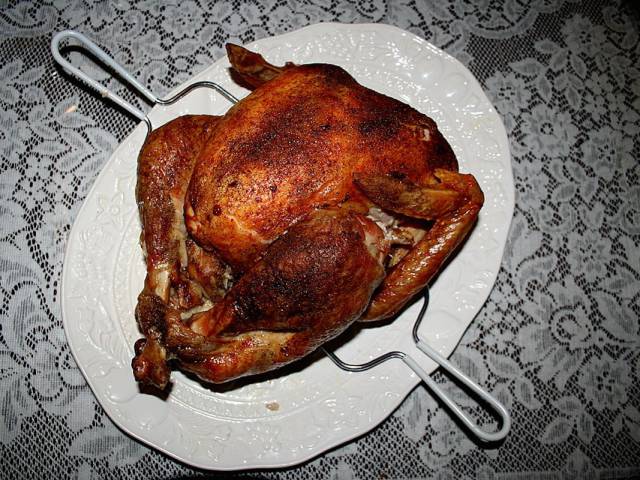
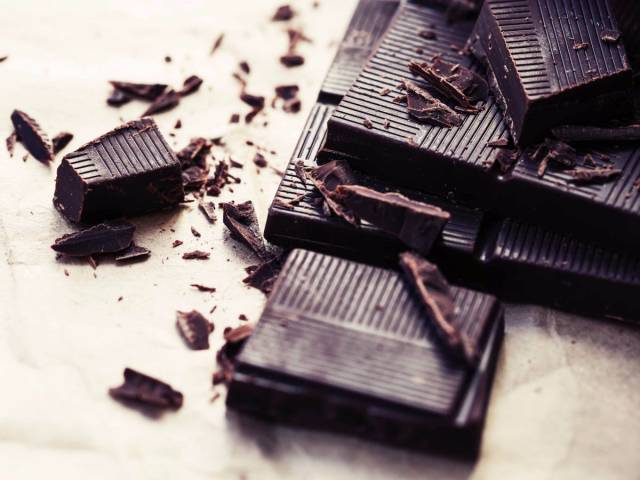
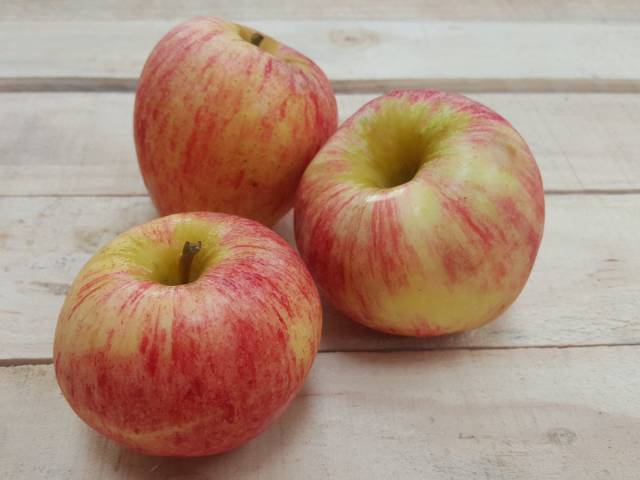
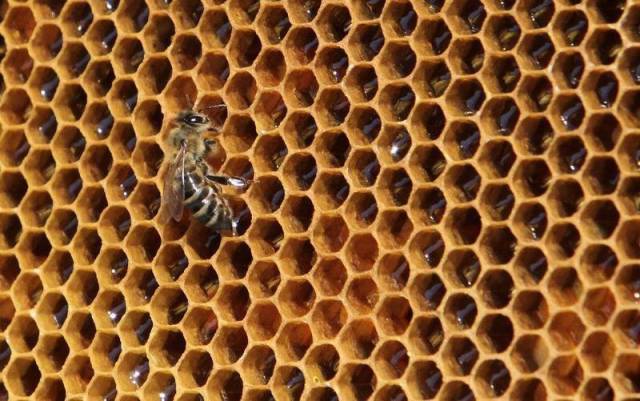

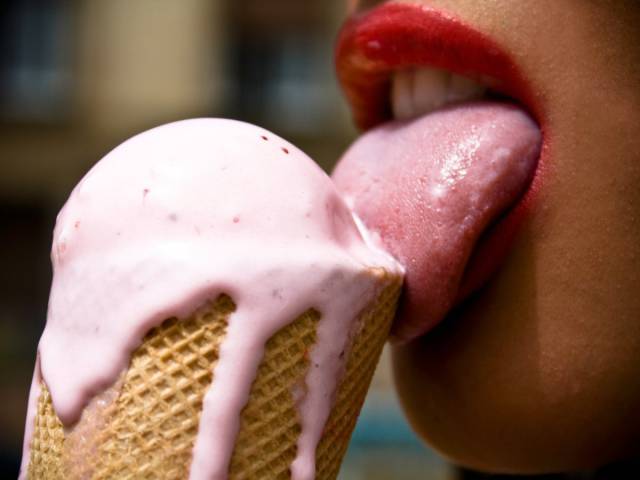

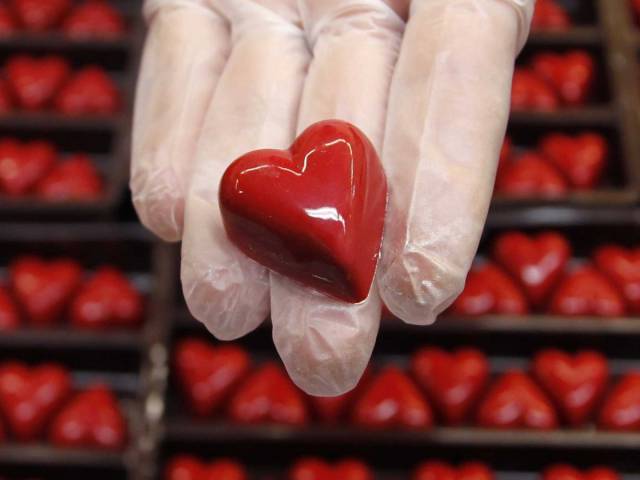
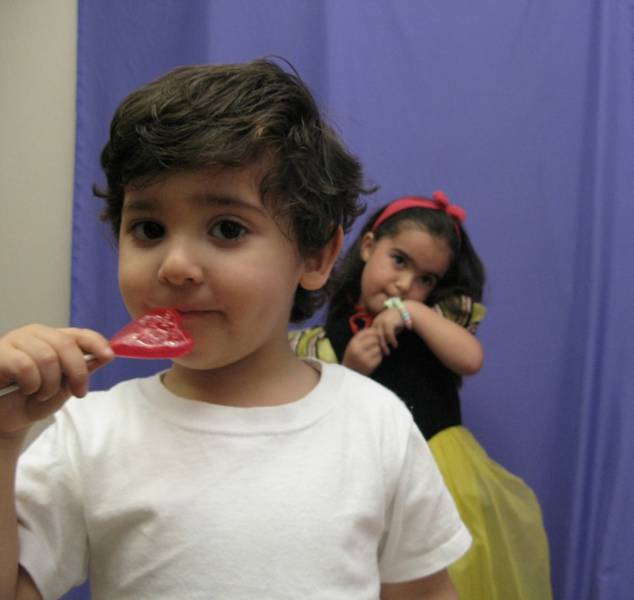


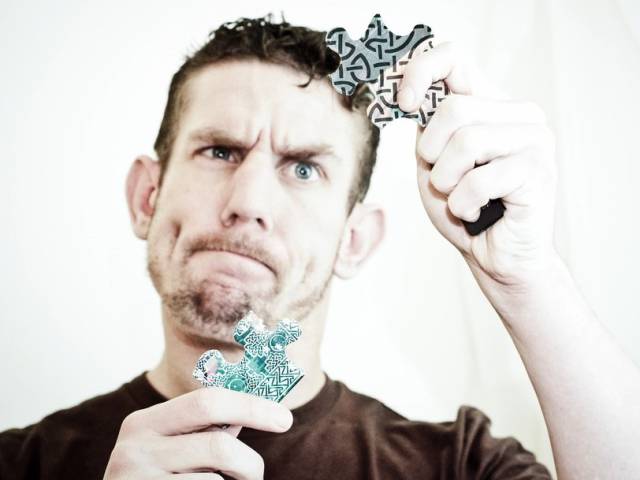

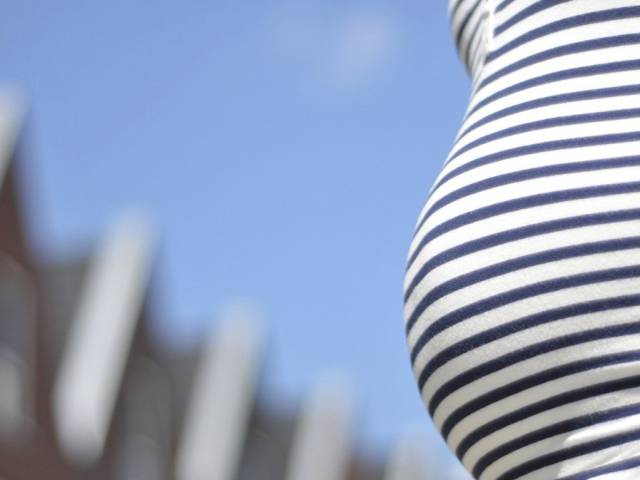

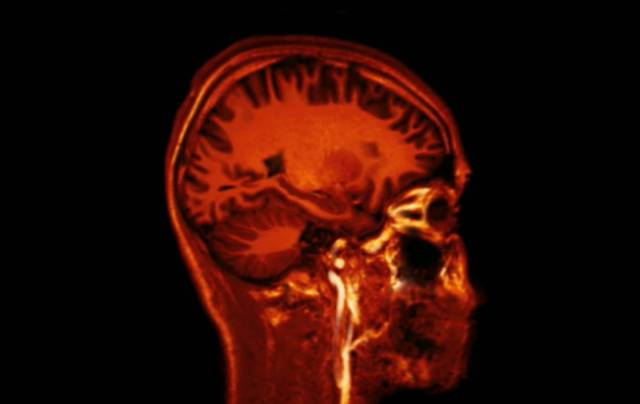


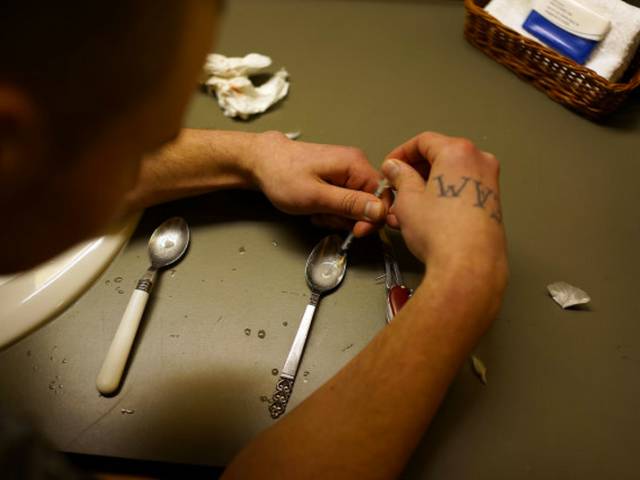


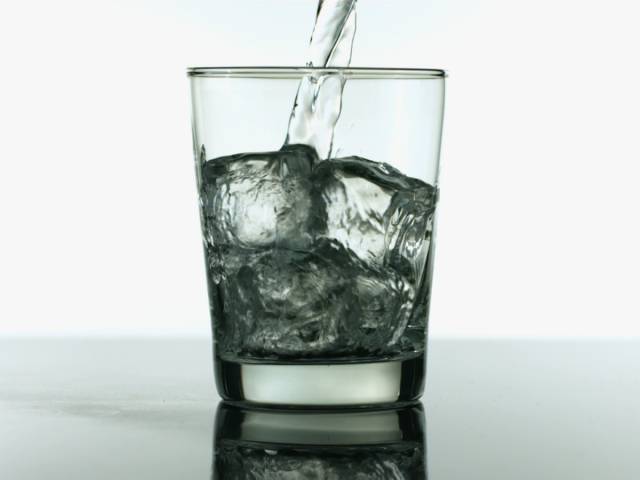
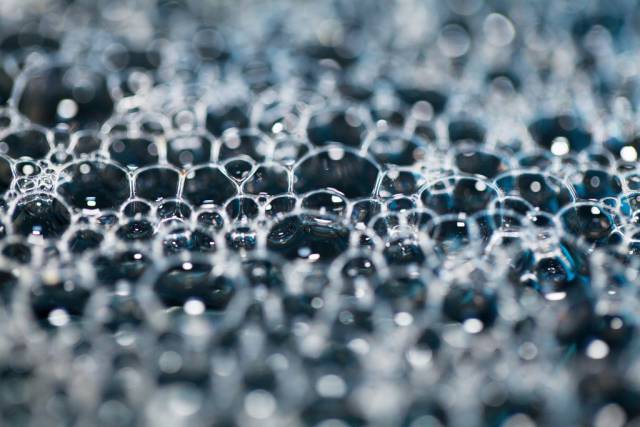
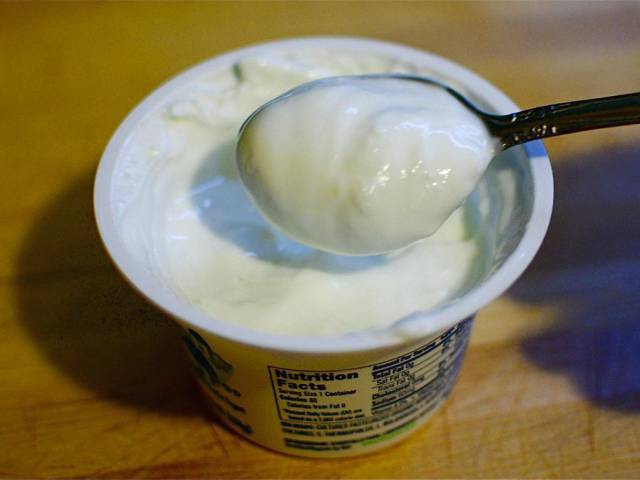
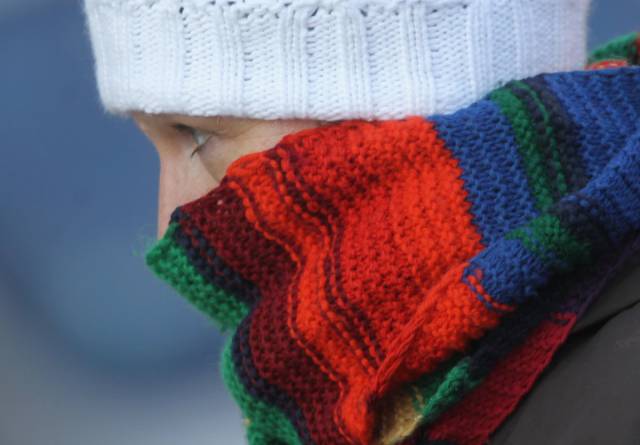

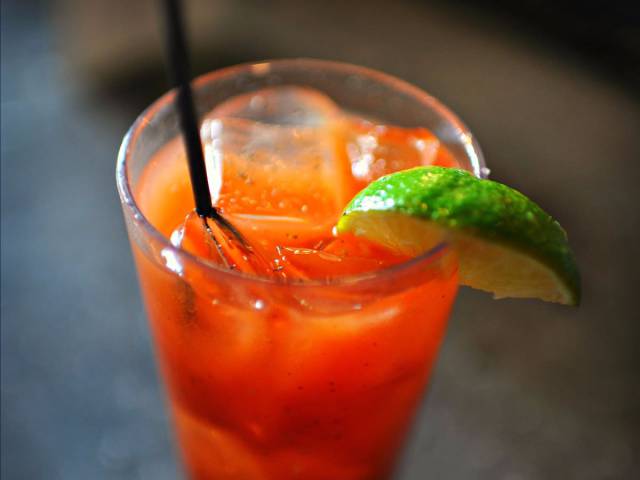

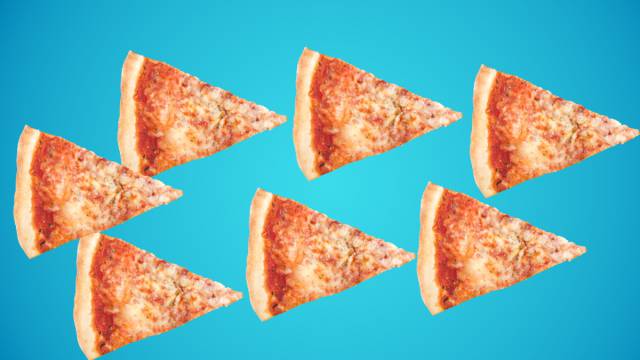
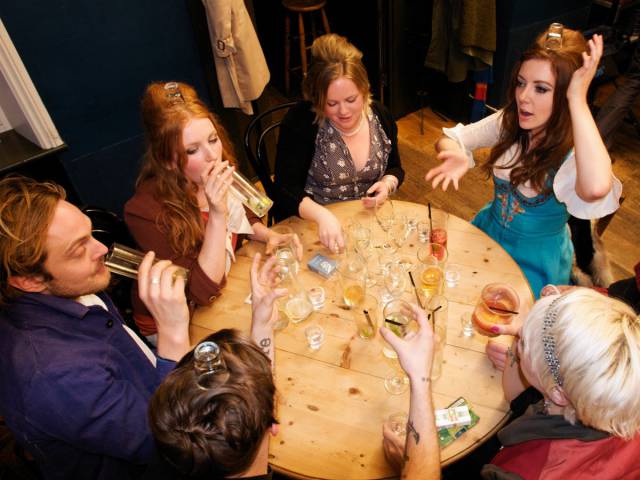

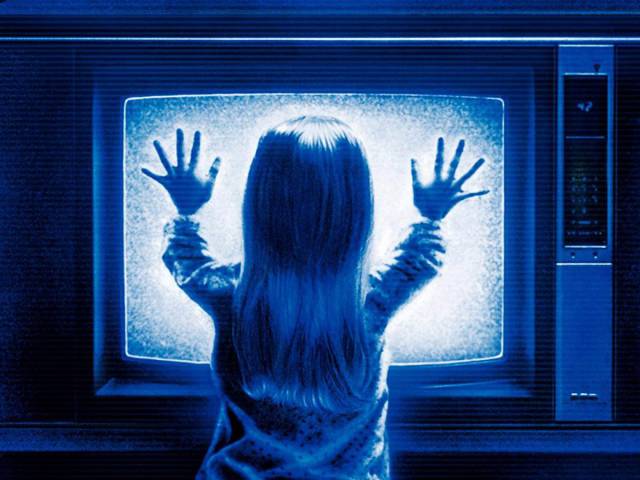
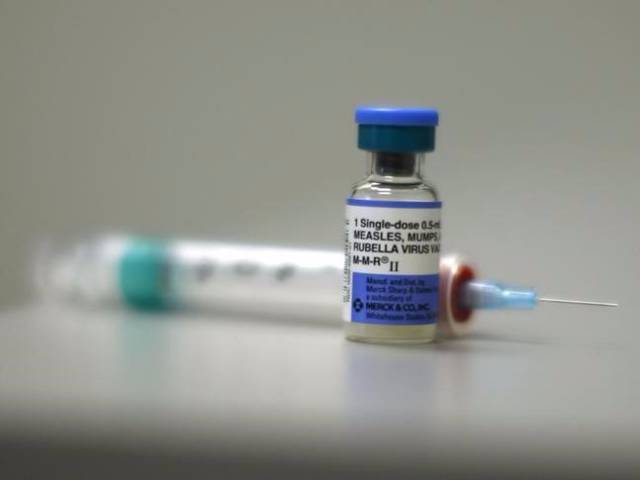



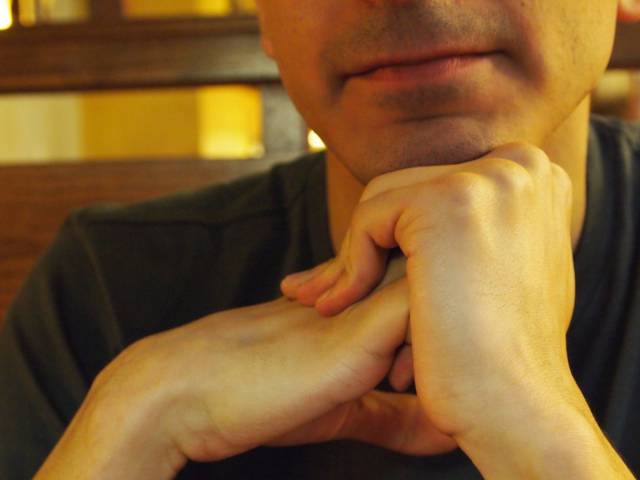
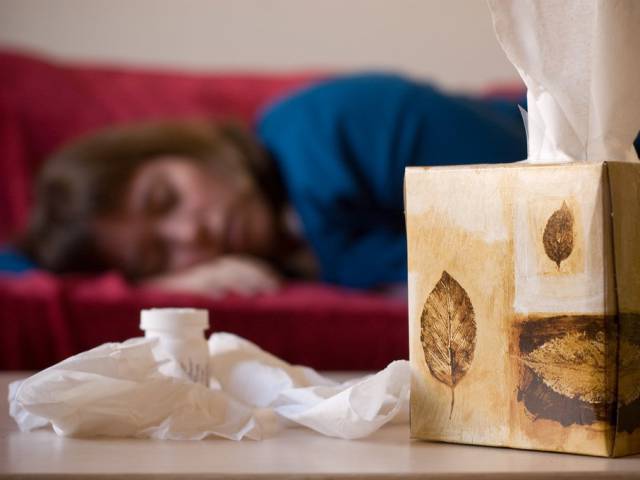
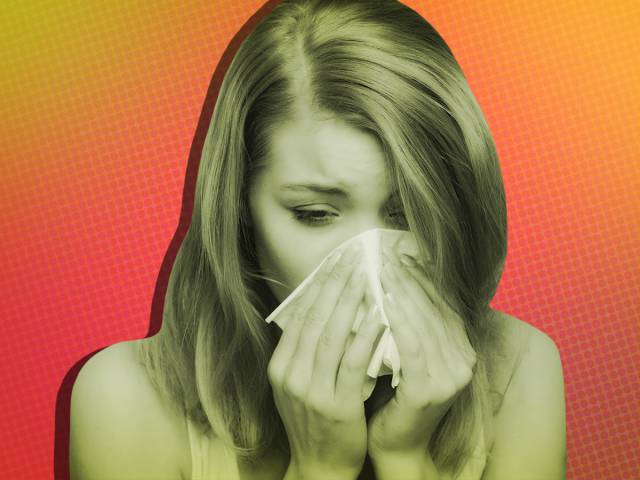



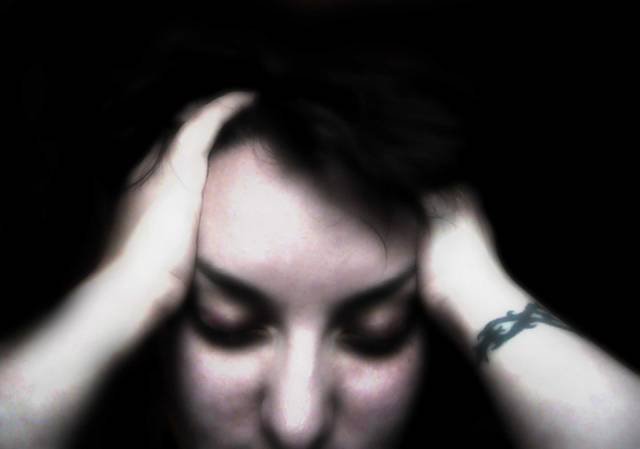





TRUE or FALSE
RIGHT or WRONG
? ? ? ? ? ? ? ? ? ? ? ?